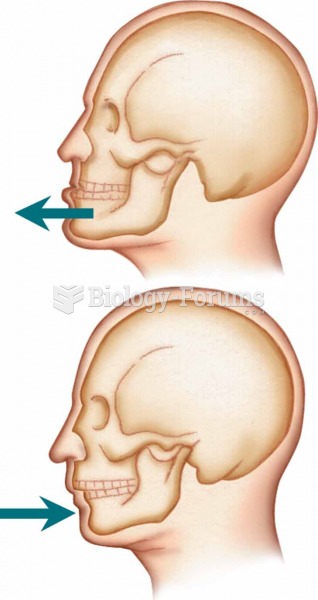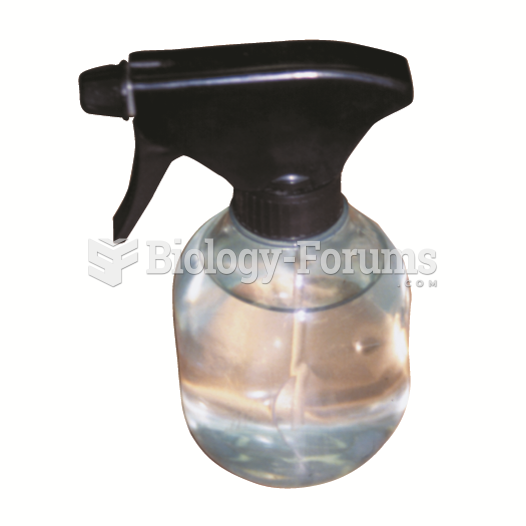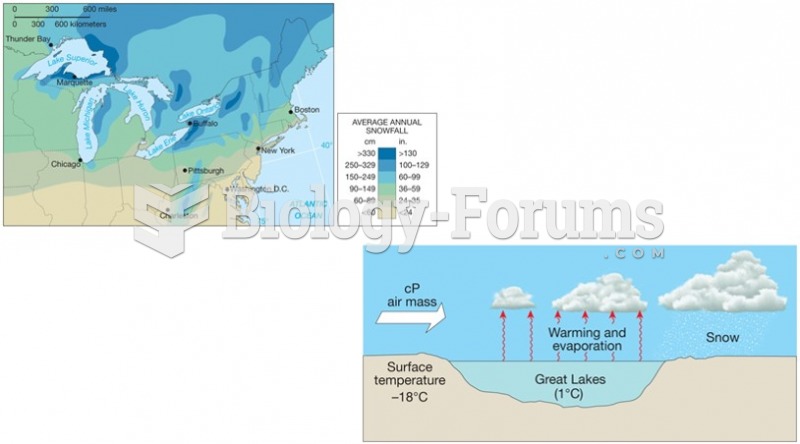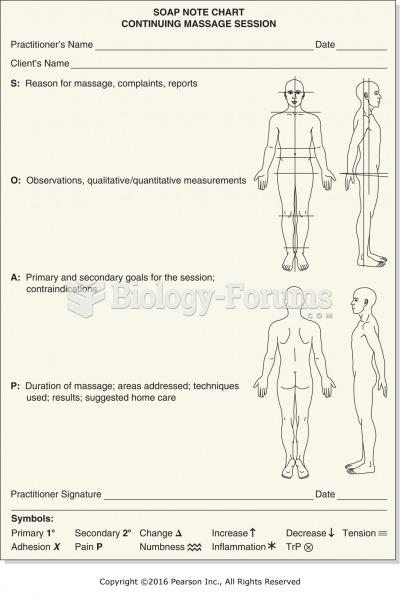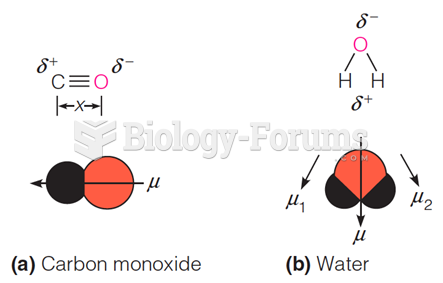(1) If your vehicle plunges off a road or bridge into a body of water and begins to sink, you can survive if you follow a set of steps to escape. (2) First of all, don't panic. (3) You'll need to remain calm to be able to make the right decisions. (4) Second, unbuckle your seatbelt. (5) Third, don't try to open the door; instead, roll down your window. (6) If the window won't open, you'll have to break it by hitting it with a heavy object or kicking it with your feet. (7) Then, if water is not yet rushing in through the open window, climb out and swim away from the sinking vehicle. (8) If water is gushing in too fast for you to get out, you'll have to wait until it fills the car. (9) When the car is about to submerge, take a deep breath and hold it as you go underwater. (10) Finally, swim out through the open window and away from the vehicle.
Which of the following sentences in the paragraph does NOT contain a transitional
expression that indicates time?
A) Sentence 5
B) Sentence 6
C) Sentence 7
D) Sentence 10
Question 2
(1) If your vehicle plunges off a road or bridge into a body of water and begins to sink, you can survive if you follow a set of steps to escape. (2) First of all, don't panic. (3) You'll need to remain calm to be able to make the right decisions. (4) Second, unbuckle your seatbelt. (5) Third, don't try to open the door; instead, roll down your window. (6) If the window won't open, you'll have to break it by hitting it with a heavy object or kicking it with your feet. (7) Then, if water is not yet rushing in through the open window, climb out and swim away from the sinking vehicle. (8) If water is gushing in too fast for you to get out, you'll have to wait until it fills the car. (9) When the car is about to submerge, take a deep breath and hold it as you go underwater. (10) Finally, swim out through the open window and away from the vehicle.
What writing pattern does this paragraph employ?
A) Illustration
B) Process
C) Narration
C) Comparison and contrast


